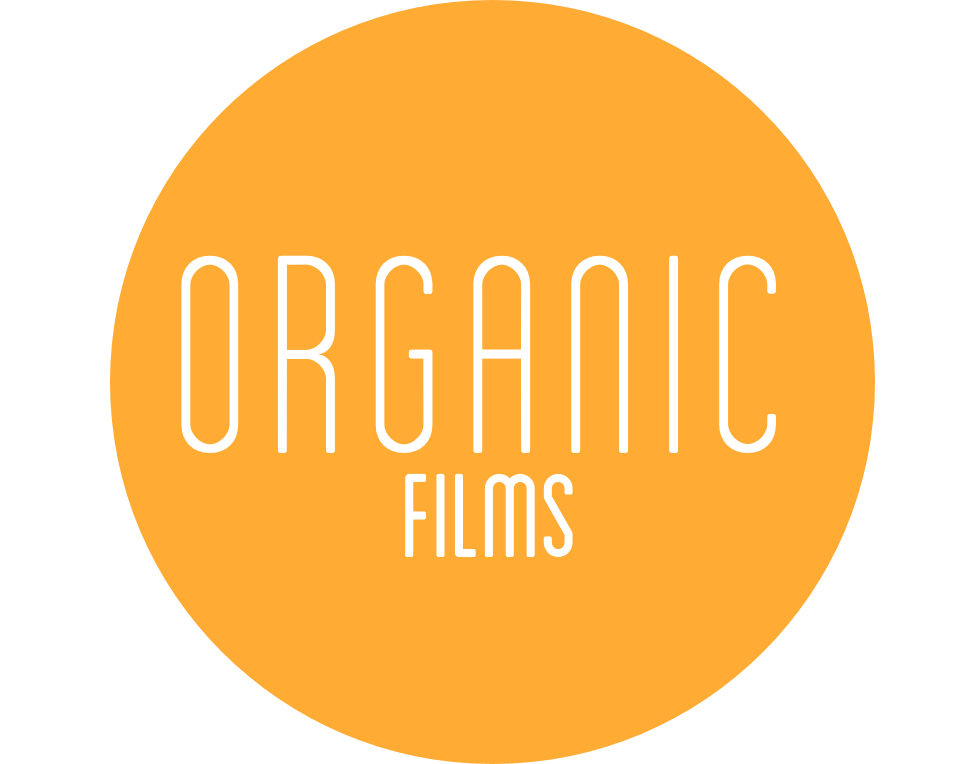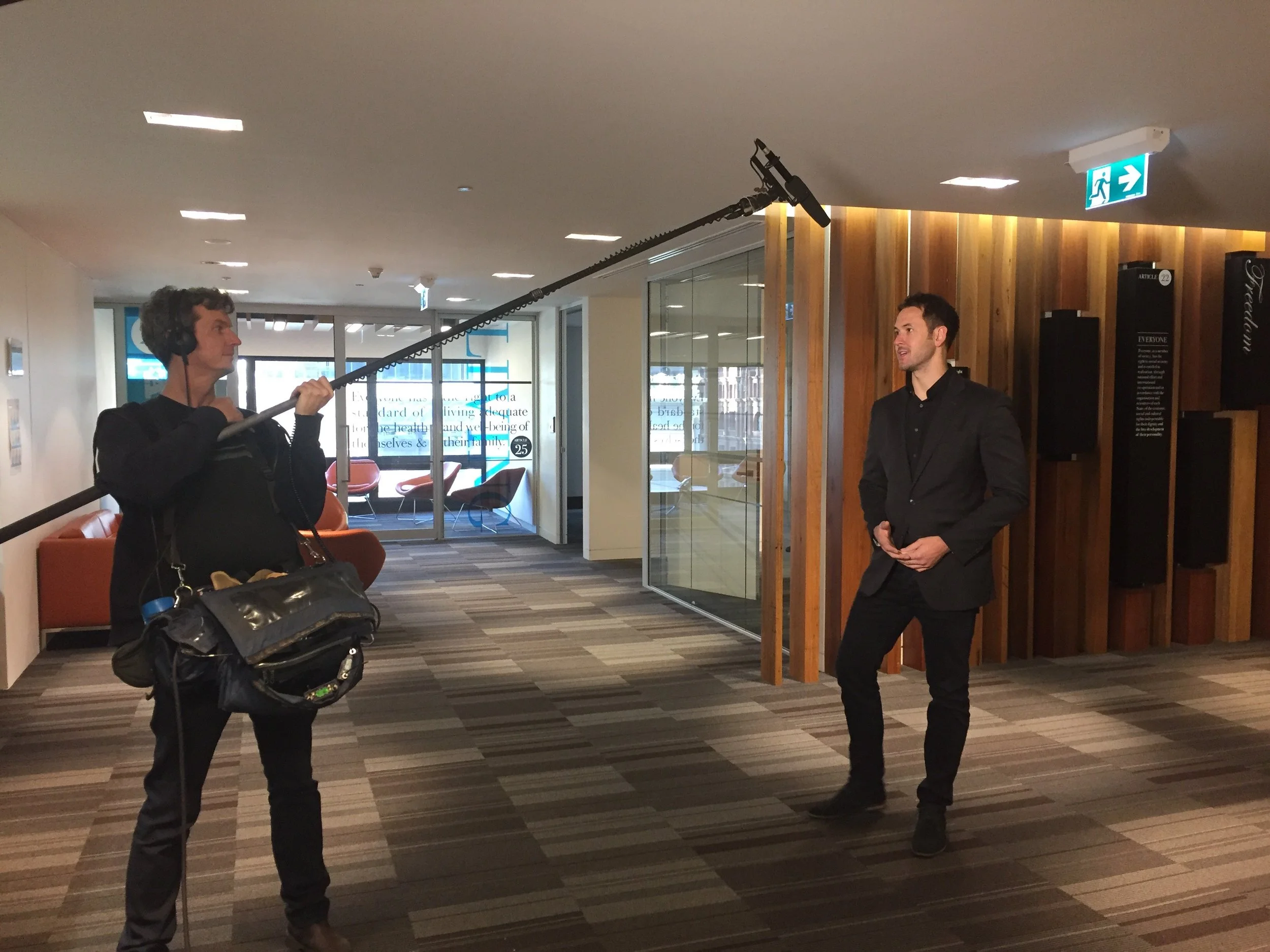Interviewing contributors for documentary style stories is a rewarding experience and can elicit some very revealing, interesting and often unexpected perspectives. The diversity in opinions and expressions makes for a rich and textured script post-production as opposed to pre-production.
Here are a few best practice tips to get the best possible interviews during what is a costly and time-sensitive situation while filming:
- Research your contributors in an orbit around them and avoid pre-interviews or sending them a list of questions, so that when you're face to face with them, they are telling you the information for the first time and they aren't spending the interview trying to remember their rehearsed answers.
- Research your contributors and try to anticipate the kind of answers they might give based on their position/beliefs- this will help you anchor the content thematically. Consider their personal interests, job, industry, and energy levels.
- To help relax contributors, ask them simple questions like "what did you have for breakfast?" to avoid the interview starting before the crew is ready.
- Sit as close to contributors as possible, almost touching so they focus into your eyes and are not distracted by their surroundings. We don't want their eyes to wander as this zaps the energy from the film. Our crews deliberately don't make eye contact for this reason.
- Reassure contributors that if they say something they regret, they can identify that on camera and we won't use it, we'll just keep rolling.
- Try and use open-ended questions (e.g. Tell me about… or What was that like?) but closed questions are ok too as part one of an open-ended question.
- Be prepared to listen and remain silent even if there is a long pause.
- Avoid talking or making any noises during answers. Nod instead or laugh silently. Give the interview some silent space to help make edits clean and easy.
- Ask “who”, “what”, “when”, “where”, “how” questions and reserve “why” for later. Think about constructing the interview going from general to specific and from concrete to abstract.
- It's fine to start questioning to gain a historical account of a project or incident. This gives useful content and greases the wheels while helping contributors forget about the artificiality of the camera and lights.
- Be prepared to follow a line of questioning if the interview starts to take an interesting turn- the next question cues from the last answer- it's a combination of what you want and what your contributor wants to tell you inside the context of your interview premise. Set up a fenced paddock for your contributors and let them roam.
- Avoid making reference to previous discussions- this makes the interview feel stale and zaps the energy.
- Only ask one question at a time- avoid 2-part questions in one question. Instead explore the place the first part takes you.
- Unlike a live presentation, we don't need to tell our contributors or indeed our audience what we're going to tell them, tell them, then tell them what we told them.
- You can ask contributors to answer in complete sentences to make editing easier, e.g. “The reason I think healthcare systems are due for review is…” but if you're patient, they'll do this naturally, usually in the second sentence and it comes across much more naturally.
- Set up interviewees who might have counterpointing views or different angles on the topic so that you can explore the topic fully.
- Don't be afraid to ask for a personal perspective on the issue at hand. e.g. "How did that make you feel?"
- Decide from the outset if interviewees will be looking into camera or just off camera and keep it consistent. Review the background of interviewees and make sure there is nothing inappropriate (other company logos) or distracting (such as a strong light). A bookshelf, plants or credenza make good neutral backgrounds.

